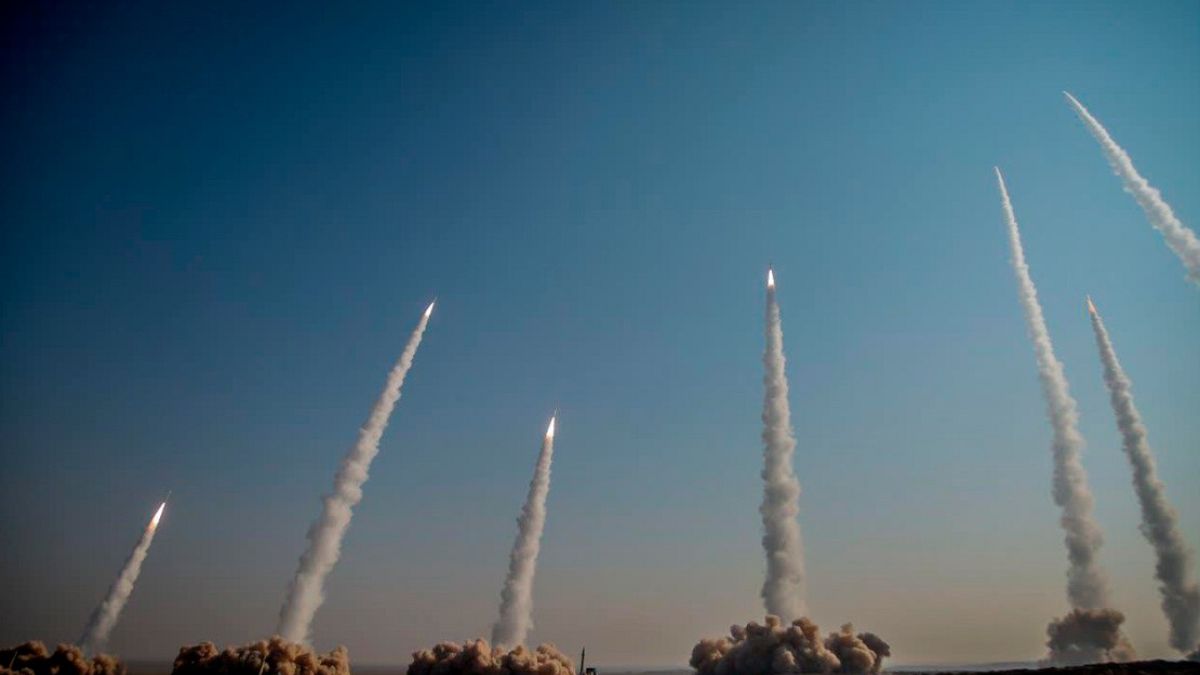As tensions escalate between Iran and Israel, military analysts are left pondering a critical issue: why has Tehran yet to deploy its most formidable missile capabilities?
Recent reports suggest that despite ongoing airstrikes and a flurry of missile exchanges, Iran still retains a significant portion of its advanced missile arsenal, indicating that the conflict has not yet reached its maximum intensity.
Iran boasts one of the most varied and sophisticated missile collections in the region, encompassing short-, medium-, and long-range systems. This diverse arsenal serves as a strategic asset of considerable importance.
Cruise Missiles
Key to Iran’s strategy are its cruise missiles, known for their speed, low-altitude flight, and high maneuverability, which complicate detection and interception efforts. These missiles present a considerable threat, particularly to critical military installations deep within Israel.
Khorramshahr-Khyber
The Khyber missile, the latest iteration of the Khorramshahr lineage, has an impressive range of up to 2,000 kilometers. Its design facilitates strikes on strategic targets without the need for complex launch systems, positioning it as a vital component for both pre-emptive and retaliatory military actions.
Fattah 2
Iran has claimed advancements with its hypersonic missile, the Fattah 2, which it asserts can bypass contemporary air defense systems, penetrating at high speeds and covering distances up to 1,400 kilometers. Despite skepticism from Western experts regarding its true capabilities, this missile is a persistent factor in deterrence strategies.
Qaseem
Renowned for its precise targeting, the Qaseem missile employs solid fuel for quick launches, thus enhancing the responsiveness of Iranian forces to execute immediate strikes with minimal preparation.
In a recent incident, beachgoers in Tel Aviv were seen rushing to shelters during a missile warning issued by Iran on June 20, 2025.
Zolfaqar Naval
Within maritime operations, the Zolfaqar missile, boasting a range of between 700 and 1,000 kilometers, can target both military and commercial vessels, making it a significant tool for any strategy aimed at imposing blockades or disrupting maritime supply routes.
Soumar
Characterized by a range extending up to 2,500 kilometers, the Soumar missile can fly at undetectable altitudes, increasing its potential to breach air defenses and strike distant targets with precision.
Ra’ad
Lightweight and quickly deployable, the Ra’ad missile is effective for rapid and surprise assaults, particularly if the conflict evolves into tactical ground warfare.
Footage captured on June 15, 2025, shows Israel’s air defense system intercepting rockets above Tel Aviv.
Strategic Implications
Military experts suggest that Iran’s current reluctance to utilize these missiles may not indicate a weakness; instead, it could reflect a deliberate strategy of deterrence. Tehran appears aware that deploying these weapons could escalate the situation into a full-scale war or incite a broader international response, notably from the United States.
Moreover, this extensive arsenal could serve as a pivotal leverage point for the Iranian regime, intended for deployment at a crucial moment for either striking sensitive objectives or asserting its demands during negotiations at the conflict’s conclusion.

